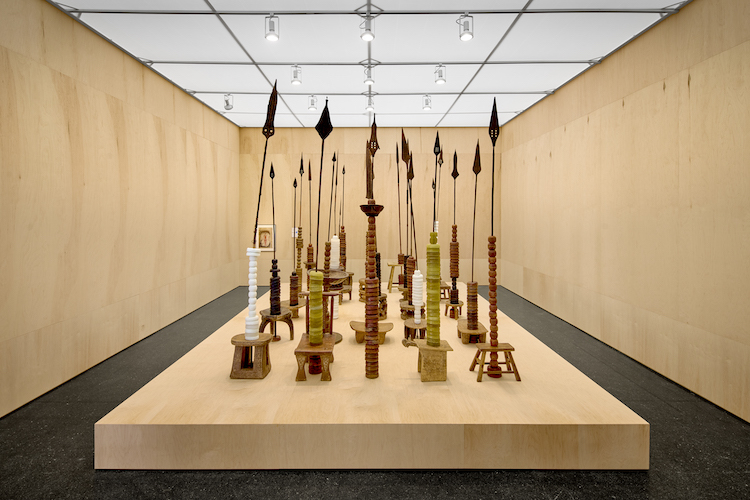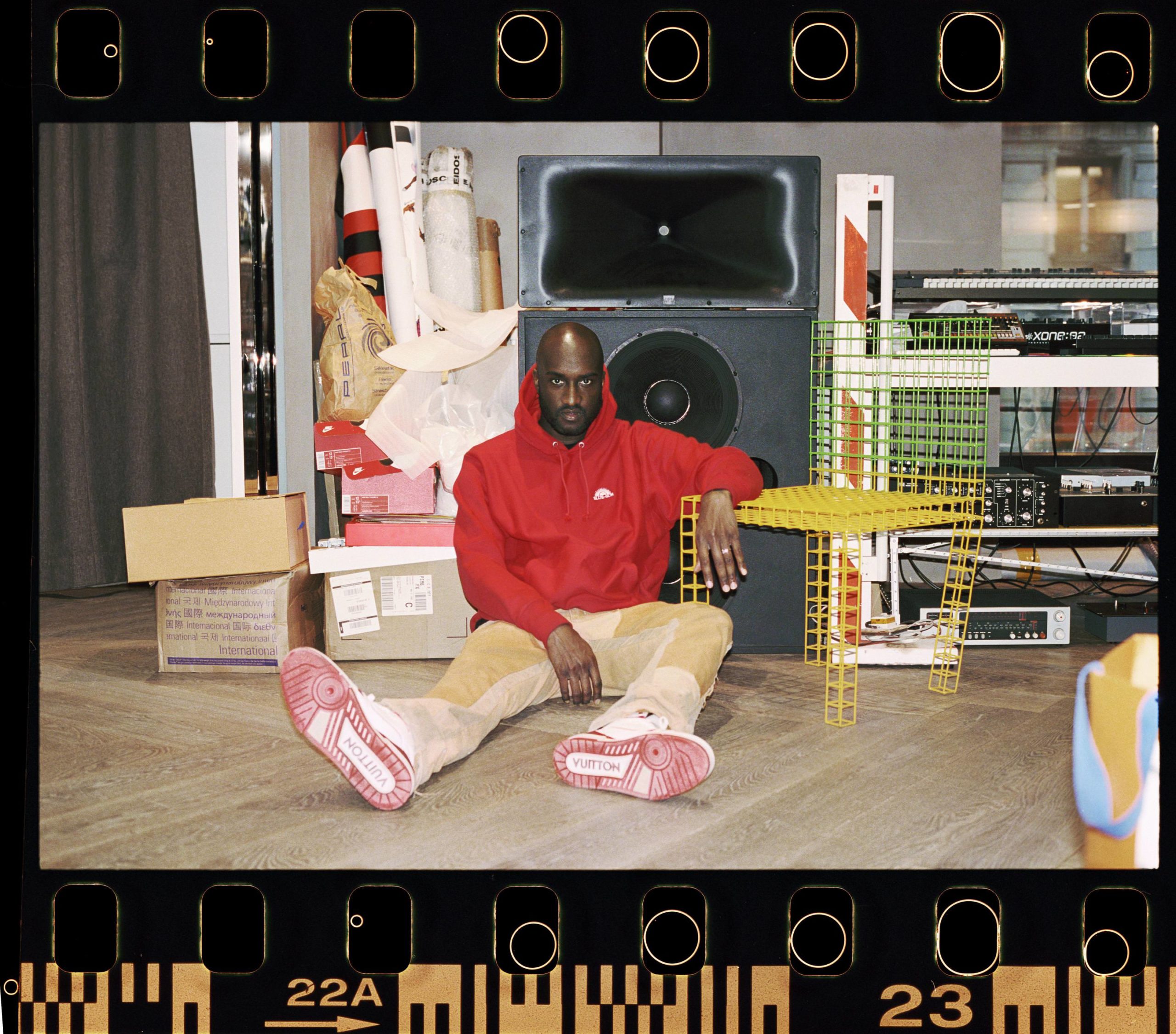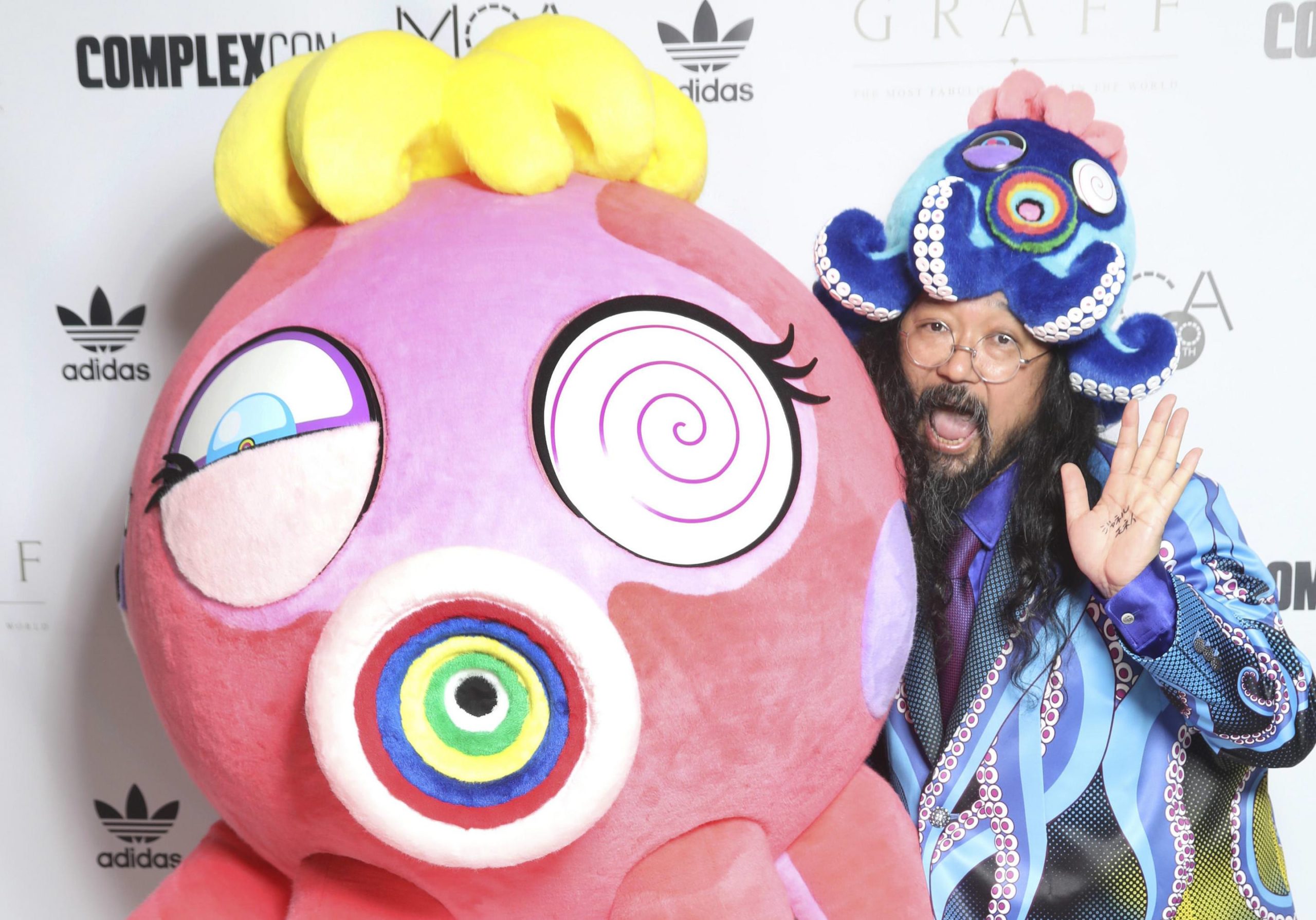For MCA Chicago curator Carla Acevedo-Yates, it always starts with the artists. Born in Puerto Rico, she has long wanted to tell the story of the Caribbean in her work—in a show that didn’t fall into the traps of trying to do it (like starting with Columbus) or nailing down an overall aesthetic. To do that, for her, it means letting the artists tell the story of the essential question, What is the Caribbean?
That query is at the heart of “Forecast Form: Art in the Caribbean Diaspora, 1990s–Today,” on view at the MCA through April 23, 2023. It brings together art by 37 artists, including Candida Alvarez, Firelei Báez, Christopher Cozier, Peter Doig, Teresita Fernández, Rafael Ferrer, Felix Gonzalez-Torres, Deborah Jack, Ana Mendieta, Ebony G. Patterson, Donald Rodney, Tavares Strachan, and Cosmo Whyte. While working in a framework of 30 years, the show bucks the convention of chronology, addressing themes like the body, materials, cross-cultural exchange, landscape, and memory. Movement and dispersal are central topics, expressed not only in the art on view, but the installation of the show—requiring viewers to look all the way up, down, and around. Whitewall spoke with Acevedeo-Yates about the conversations with artists that led to “Forecast Form.”
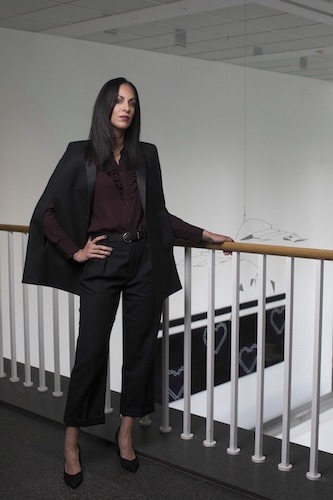
Carla Acevedo-Yates, courtesy of MCA Chicago.
WHITEWALL: The exhibition asks the question, What is the Caribbean? In putting together this show, how did the answer evolve for you?
CARLA ACEVEDO-YATES: It’s a question that really creates more questions since you never arrive at a definite answer. It’s always been a question that’s been interesting because it’s such a complex region. That’s something that I really wanted to tackle head-on, to think that there’s not really one Caribbean; there are many Caribbeans. And this is just one of many. The lens that I’m using is the lens of the diaspora to think about the Caribbean as this amorphous place without any boundaries. It’s boundless, you might say.
For me, I would say that the Caribbean is not a place; it’s a way of thinking and doing. It’s a perspective. For example, I find that life in the Caribbean oftentimes necessitates a lot of improvisation. That’s something I’ve spoken with a lot of artists about—the ability to adapt to rapidly changing circumstances is a Caribbean trait.
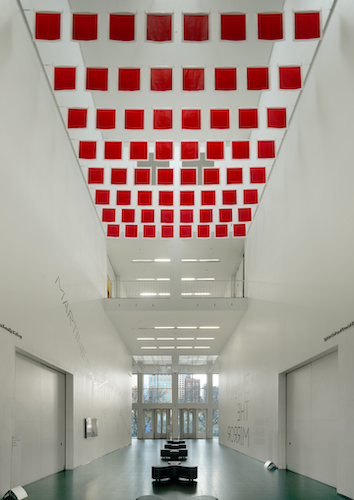
Installation view of “Forecast Form: Art in the Caribbean Diaspora, 1990s-Today” at MCA Chicago (November 19, 2022 – April 23, 2023), photo by Michael David Rose, courtesy of MCA Chicago.
WW: In terms of the time frame of the show, you said to think about the nineties not as starting point, but as a time to think around. So how did you arrive at the nineties to think around?
CAY: I grew up in the nineties, so I’ve always been obsessed with that decade—the decade of multiculturalism and the culmination of identity politics. I’ve always been very interested in identity politics and how the reading of artworks is tied to ideas around biography and identity.
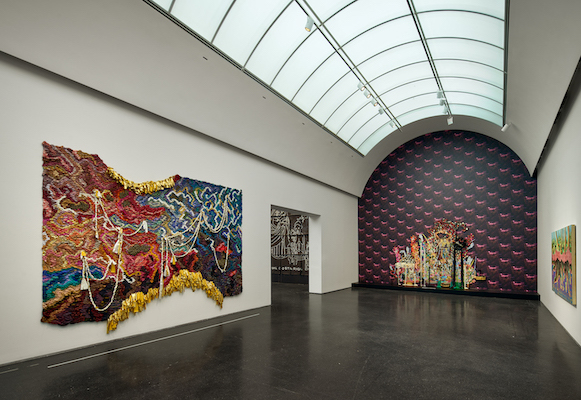
Installation view of “Forecast Form: Art in the Caribbean Diaspora, 1990s-Today” at MCA Chicago (November 19, 2022 – April 23, 2023), photo by Michael David Rose, courtesy of MCA Chicago.
WW: The nineties, as you write in your catalog essay, is when we saw a lot more U.S. and European institutional shows around the Caribbean that tried to define an overall style or aesthetic, for instance. Were there certain tropes you wanted to make sure you avoided for this show?
CAY: The tropical, that’s one of them. In a lot of these shows, because they wanted to be so didactic, there’s this impulse to want to do it all— to be inclusive and have this objectivity that everything will be covered. That’s something that I wanted to avoid. Instead of thinking about a show that is trying to teach us about the Caribbean, starting with a map and the colonial history, I wanted to reverse that and start with the artworks themselves, and from there work outwards.
Instead of starting with a big idea and then looking for artists that would represent or illustrate that, it developed out of numerous conversations through the years with the artists about their work and how they are working and how those techniques can speak to different ideas around what it means to be in the Caribbean and the diaspora. It tackles all of those things.
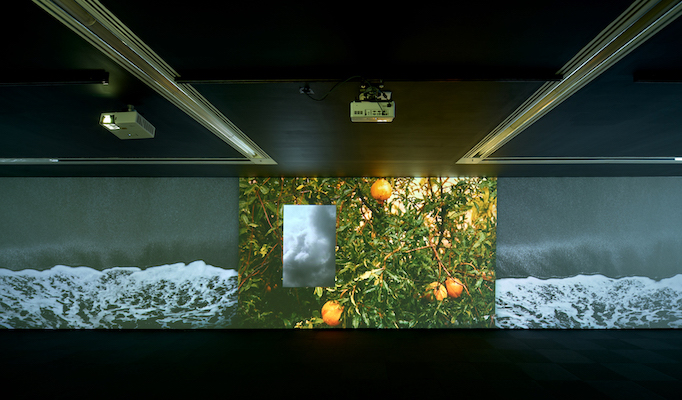
Installation view of “Forecast Form: Art in the Caribbean Diaspora, 1990s-Today” at MCA Chicago (November 19, 2022 – April 23, 2023), photo by Michael David Rose, courtesy of MCA Chicago.
WW: So how do viewers move through the show?
CAY: The show starts in the city. Part of this idea of dispersal and movement and constant flux starts with a billboard project by Felix Gonzalez-Torres that is Untitled (1995), which is the last work that he did before he passed away. That work is in over 20 CTA stations here in Chicago. The show really starts in the transportation system of the city, and then you find that image both in the loading dock of the MCA outside on Chicago Avenue and in the lobby when you enter the show.
And then the show unfolds in different ways. Tavares Strachan’s neon In Broad Daylight (2018) is a piece of institutional critique. And then Deborah Jack’s installation. I met her many years ago in Miami at Prizm Art Fair, where she had mentioned this theory around the hurricane and its form—how the form of the hurricane traveling from West Africa to the Caribbean was a type of manifestation of trauma from the transatlantic slave trade.
And then the show unfolds over various sections. I wanted to include Ana Mendieta, of course, and there are five works by Ana Mendieta that appear in every single section of the show. Mendieta appears and reappears, her “Siluetas.” It’s a curatorial gesture that speaks to these ideas of dispersal and multiplicity, identity, and so on. There were a lot of artists that I really wanted to include, like Frank Bowling, Felix Gonzales-Torres, Rafael Ferrer.
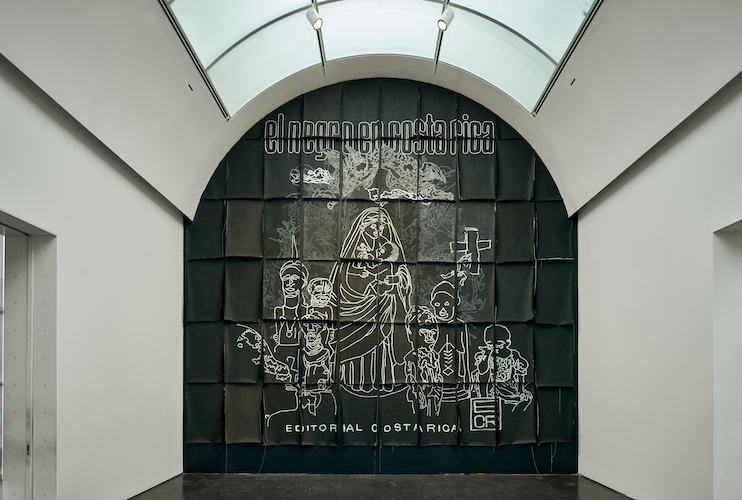
Installation view of “Forecast Form: Art in the Caribbean Diaspora, 1990s-Today” at MCA Chicago (November 19, 2022 – April 23, 2023), photo by Michael David Rose, courtesy of MCA Chicago.
WW: And who were the artists you learned about along the way?
CAY: Some of the artists I was introduced to were Donald Rodney, who passed away very young from sickle cell anemia. I really wanted to include artists from the BLK Art Group from the U.K. and the eighties, so Keith Piper and Donald Rodney’s works are very important to articulate that.
I’m always asking artists, who should I be looking at? So Ebony G. Patterson introduced me to Cosmo Whyte, who is also a Jamaican. Christopher Cozier also introduced me to Sandra Brewster. Both Cosmo and Sandra did commissions for the show.
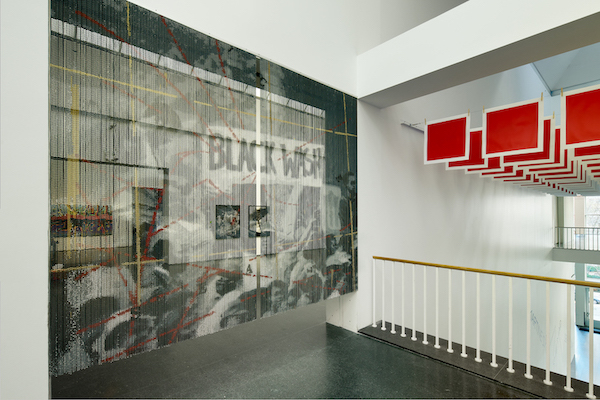
Installation view of “Forecast Form: Art in the Caribbean Diaspora, 1990s-Today” at MCA Chicago (November 19, 2022 – April 23, 2023), photo by Michael David Rose, courtesy of MCA Chicago.
WW: Has your own understanding of the Caribbean evolved in putting this show together?
CAY: I discover the show myself, honestly, through the eyes of others. There is one person that mentioned how the show had a sense of being submerged beneath water, and then taken out of water. And in terms of the Caribbean, there is so much more to uncover. There are so many artists that are doing such incredible work that I keep looking and finding and wanting to work with. There is a lot more to uncover.
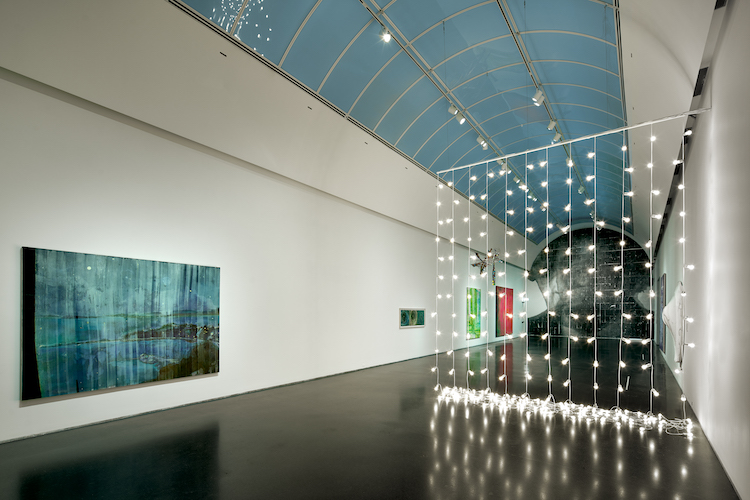
Installation view of “Forecast Form: Art in the Caribbean Diaspora, 1990s-Today” at MCA Chicago (November 19, 2022 – April 23, 2023), photo by Michael David Rose, courtesy of MCA Chicago.



